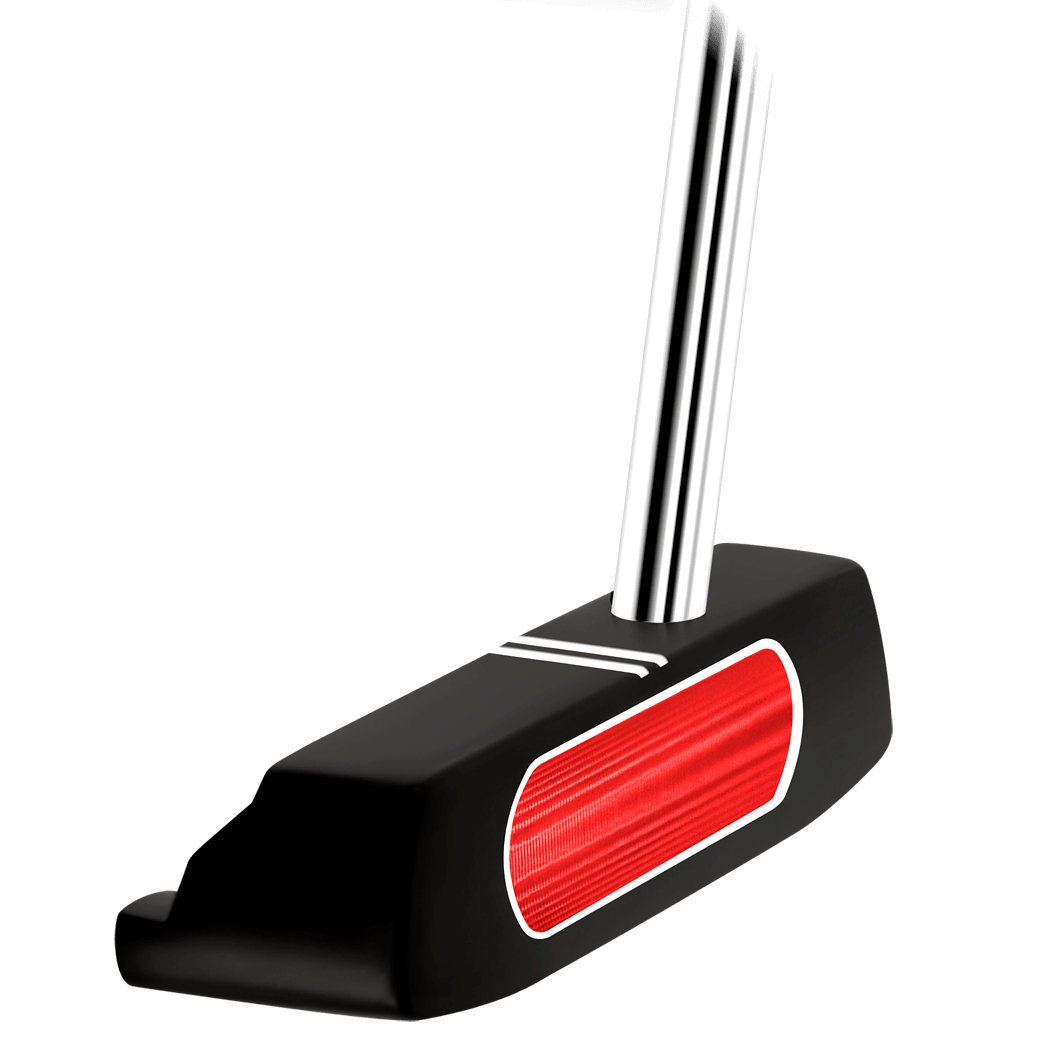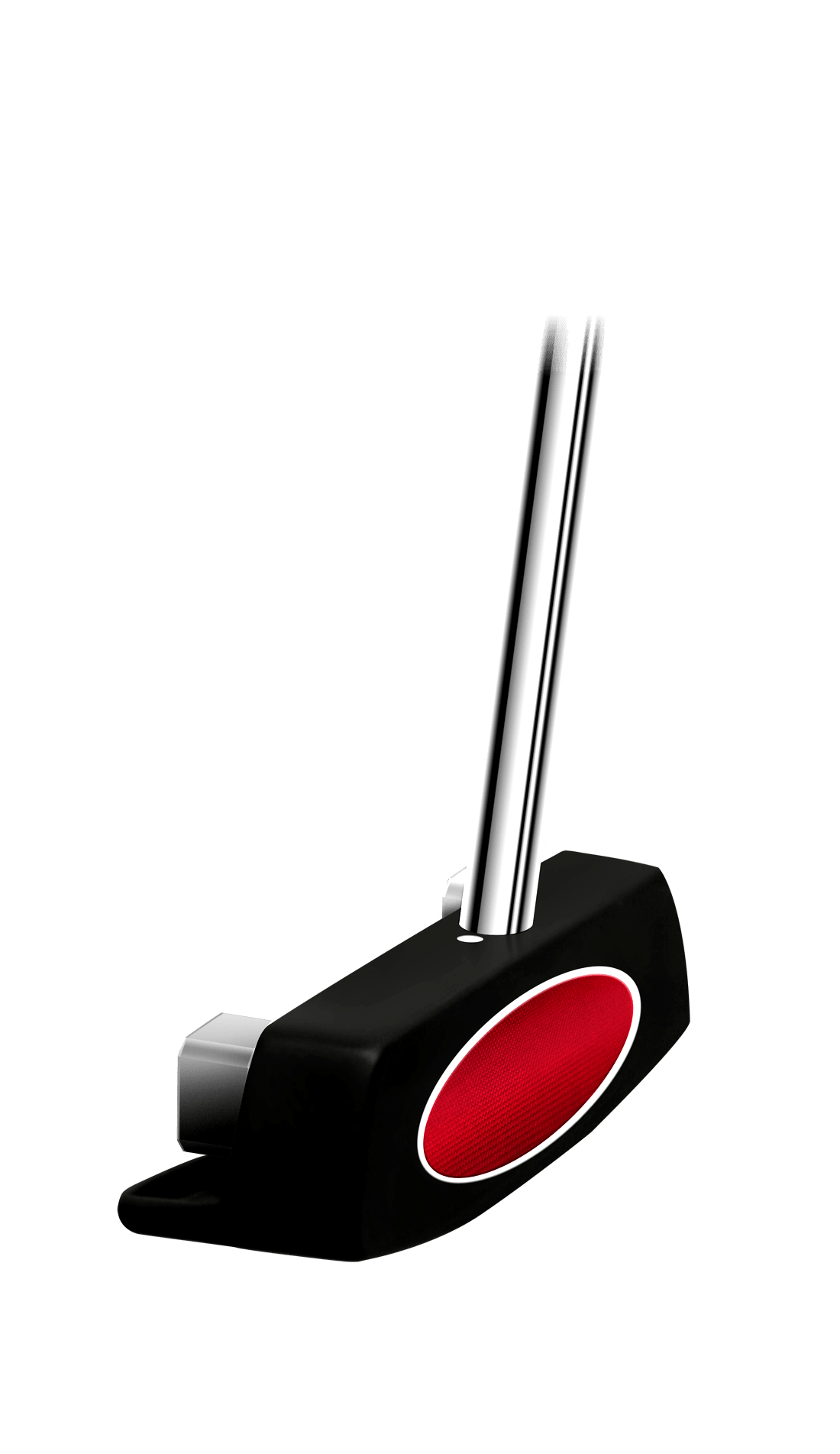The role of the fingers in the golf swing is often underestimated, but they play a crucial role in generating clubhead speed, controlling the clubface, and maintaining proper grip pressure. Understanding the importance of the fingers and learning how to use them effectively can greatly improve your golf swing. Here are some key points to consider:
- Grip Pressure: Proper grip pressure is essential for a consistent and effective swing. The fingers should exert enough pressure to maintain control of the club but not so much that it restricts the natural motion of the wrists and forearms. A light, relaxed grip allows for better clubhead speed and a more natural release through impact.
- Finger Placement: The placement of the fingers on the club is also crucial. The club should rest diagonally across the base of the fingers, with the fingers securely wrapped around the grip. The middle and ring fingers typically have the most influence on controlling the clubface, while the index finger provides stability and support.
- Finger Action in the Backswing: During the backswing, the fingers should work in conjunction with the wrists to help set the club on the correct swing plane. The last three fingers (middle, ring, and pinky) assist in cocking the wrists and maintaining the desired wrist hinge angle. This allows for a more efficient and powerful coil in the backswing.
- Finger Action in the Downswing: As you transition from the backswing to the downswing, the fingers play a key role in releasing the club and generating clubhead speed. The last three fingers should be active in initiating the downward motion, while the index finger and thumb maintain control and stability. This finger action helps create lag in the swing and ensures a powerful release through the impact zone.
- Clubface Control: The fingers are responsible for controlling the clubface throughout the swing. The pressure exerted by the last three fingers helps maintain a square clubface at impact, ensuring proper alignment and minimizing the chance of a mishit. By being aware of the pressure and position of the fingers, you can better control the clubface and achieve more consistent ball flight.
- Short Game Touch: In the short game, such as chipping and putting, the fingers play a crucial role in touch and feel. The delicate control of the fingers allows for precise control over the clubhead and helps with distance control and accuracy. Developing a soft and sensitive touch with the fingers is key to becoming a proficient short game player.
- Finger Exercises: To improve finger control and strength, incorporating finger exercises into your training routine can be beneficial. These exercises can include gripping a stress ball, using hand and finger exercisers, or performing specific finger drills with a club. Strengthening the fingers can enhance grip stability, control, and overall swing performance.
- Practice and Awareness: Developing awareness of the role of the fingers and practicing proper finger action is crucial. During your practice sessions, pay attention to how your fingers interact with the club and how they influence the swing. Experiment with different grip pressures and finger placements to find what works best for you.
- Seek Professional Guidance: Working with a golf instructor can provide valuable insights and guidance on how to optimize finger action in your swing. A qualified instructor can assess your grip and finger positioning, provide specific drills and exercises, and help you make the necessary adjustments to enhance your swing mechanics.
In conclusion, the fingers play a significant role in the golf swing, from grip pressure to clubface control and touch. Understanding and utilizing the power of the fingers can improve your swing mechanics, consistency, and overall performance on the golf course. By incorporating proper finger action into your swing and practicing with intention, you can unlock the potential of your golf game and achieve better results.






